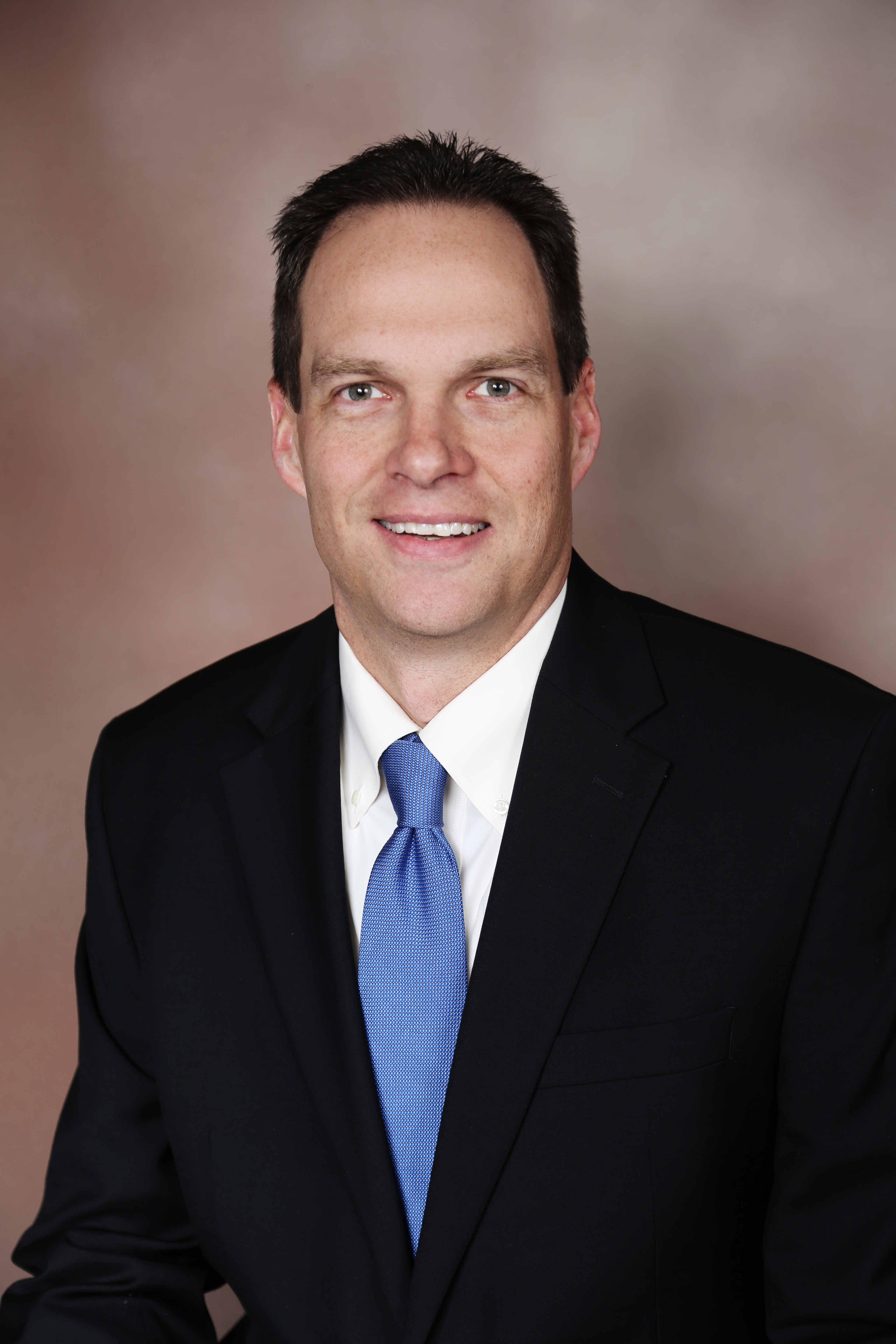CSBS' Afdahl: The Mission for Mortgage Regulators
Prepared Remarks for Bret Afdahl
Chairman, Conference of State Bank Supervisors
Director, South Dakota Division of Banking
AARMR-CSBS National Mortgage Policy Summit, Washington, DC, November 13, 2019
 Thank you for being here today: my fellow state regulators, staff at CSBS and AARMR, our many panelists and each one of you in our audience. Let me wrap up our summit by describing a few key takeaways and identifying where we regulators need to challenge ourselves going forward.
Thank you for being here today: my fellow state regulators, staff at CSBS and AARMR, our many panelists and each one of you in our audience. Let me wrap up our summit by describing a few key takeaways and identifying where we regulators need to challenge ourselves going forward.
Among my takeaways:
First, the importance of networked supervision. State regulators license and supervise mortgage providers. And we examine companies for their financial condition and compliance with state laws. Meanwhile, the federal level provides government guarantees to GSE and Ginnie Mae securities and regulates GSE activities, and CFPB focuses on consumer protection. As a result, making mortgage supervision more effective will depend on the strength of the relationships between state and federal regulators and key market players such as the GSEs and Ginnie.
Second, the rise of nonbanks has been a good thing for consumers but comes with risks of its own. Since the financial crisis, nonbanks have filled a void left by depositories and made home ownership possible for millions of Americans who otherwise would have received less favorable terms on their loan – or no loan at all. At the same time, nonbanks present unique risks which regulators need to address. The business model of nonbanks relies more on third parties for mortgage liquidity…they hold lower operating capital…and they lack asset diversification that can act as a counterbalance to mortgage risk.
My third takeaway is that changes in the marketplace will continue to occur. We heard from panelists who discussed how greater adoption of mortgage technology will affect the way consumers get a mortgage, and even who they will get a mortgage from. We also heard from Director Calabria who is embarking on a path to restructure the two big companies that represent the foundation of U.S. housing finance. Here, the stakes cannot be higher.
Given these highlights from our summit – the importance of networked supervision…the rise of nonbanks…and the huge impacts we will see from change – how do we as financial regulators respond? As we leave this summit, here is what I want regulators to focus on.
How do we regulators strengthen a supervisory system that protects the consumer after the loan is made? In an economy where 40% of households cannot afford a $400 emergency bill, we regulators must ensure that homeowners will never be left in the lurch…needing to make an extra payment because their mortgage servicer has failed.
As regulators, we must take action to elevate the quality of all mortgage providers…encourage a culture of compliance…and leverage technology to boost our own capacity to review more loans. For egregious violators, we must weed them out, penalize them, and see that consumers are compensated. And for those companies that fail or exit the market, we must have a plan on how the origination pipeline and servicing assets will be managed. I see this list as just the beginning of what the supervisory system needs to do to protect consumers.
Next, how can state regulators move more quickly and assertively to apply prudential standards to mortgage supervision? We started down this path a few years ago, got the discussion going, and received feedback. But now is the time to act. Now is the time to recognize that the mortgage industry has experienced transformational change – one towards nonbanks, in both origination and servicing. In many ways, the mortgage industry has modernized itself. Now, we regulators must modernize our supervisory approaches to this industry.
So how do we regulators improve the odds that nonbanks have the financial capacity to withstand shocks to their business…anything from a warehouse lender who pulls their credit to a housing downturn that dries up new demand? How do we set standards for capital adequacy, operational management and liquidity? On the banking side, we have often talked about how tailored regulation supports a diversity of size, type and geographic spread of depositories. I believe we need to apply the same thinking to the mortgage side, especially when it comes to nonbanks.
Lastly, at the end of the day, our job as regulators is to make sure that consumers have ready, safe access to affordable mortgage loans…no matter where families live…or who they get the loan from. Urban and rural areas alike. Banks and nonbanks…big and small…online and in the community. So, as we leave this summit today, I want each one of us to ask ourselves: how do we encourage a more durable foundation of mortgage finance, yet be flexible enough to support innovation, change and competition?
Because it is these qualities that will press all of us to seek new and better ways to serve and protect more consumers. Whether that be prudential standards that can lay the foundation for the future. Whether technology or restructured GSEs can serve consumers in ways we cannot imagine right now. Or whether players such as nonbanks – and others down the road -- spot a void left by others and move to fill it.
These are the issues that must be on the mind of every mortgage regulator.
There is so much we can learn from how this industry is evolving. That is why I am proud that CSBS has partnered with AARMR to host this summit. When it comes to mortgage supervision, I believe we are at the beginning of something special. Once again, thank all of you for being here today. I wish you safe travels.
- Nonbank Supervision
Nonbank Mortgage Servicer Prudential Standards
Sep 26, 2025
- Press Room
Nonbank Mortgage Regulation - Misconceptions & Background
May 10, 2024
- Press Releases
State Financial Agencies Settle with Mortgage Educator on Multi-State Fraud Scheme
Feb 10, 2022
Get Updates
Subscribe to CSBS
Stay up to date with the CSBS newsletter


